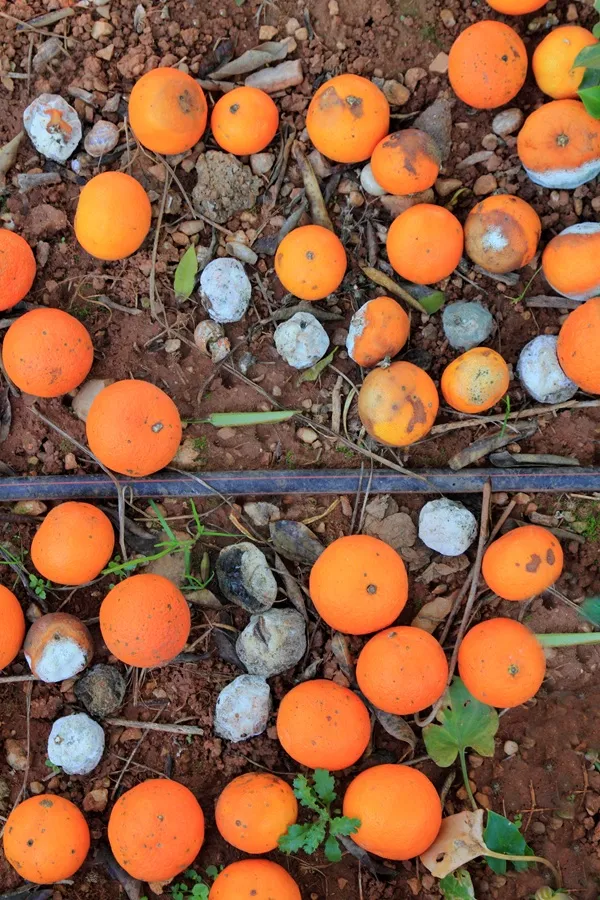Table of Contents
Kale: A Comprehensive Guide to Varieties, Cultivation, Nutrition, and Culinary Uses
Introduction
Kale (Brassica oleracea var. acephala), a leafy green from the cabbage family, is celebrated as a nutritional powerhouse. Known for its hardiness and versatility, kale thrives in cool climates and has surged in popularity as a "superfood." This article explores its global varieties, cultivation practices, health benefits, and culinary applications.
Global Varieties & Colors
Kale’s diverse cultivars vary in texture, color, and flavor:
- Curly Kale: Most common, with ruffled green or purple leaves; slightly bitter and peppery.
- Lacinato (Dinosaur Kale): Dark blue-green, elongated leaves with a sweeter, earthy flavor.
- Red Russian: Purple-veined, flat leaves with a mild, slightly sweet taste.
- Winterbor: Cold-hardy curly kale, ideal for late-season harvests.
- Ornamental Kale: Edible but grown for its vibrant pink, white, and purple rosettes.
Sensory Profile
- Smell: Earthy, with a faint cruciferous aroma (similar to cabbage).
- Flavor: Bitter when raw (milder in young leaves), turning sweeter and nuttier when cooked.
- Texture: Crisp and fibrous raw; tenderizes with cooking.
Nutrition & Health Benefits
- Calories: 49 kcal per 100g.
- Rich in: Vitamin K (684% DV), vitamin A (206% DV), vitamin C (134% DV), calcium, iron, and antioxidants (quercetin, sulforaphane).
- Glycemic Index (GI): ~15 (very low), suitable for diabetic diets.
Health Benefits:
- Anti-Cancer Properties: Sulforaphane may inhibit tumor growth.
- Bone Health: High vitamin K supports calcium absorption.
- Heart Health: Fiber and antioxidants reduce cholesterol and inflammation.
- Detoxification: Glucosinolates aid liver function.
Cultivation & Major Producers
- Climate: Prefers cool temperatures (7–24°C/45–75°F); frost enhances sweetness.
- Soil: Well-drained, fertile soil with pH 6.0–7.5.
- Top Producers (2023):
- United States (California, Georgia).
- Portugal (Traditional in caldo verde soup).
- Italy (Lacinato kale in Tuscan cuisine).
- Germany and Netherlands (Key EU growers).
- Exporters: Netherlands, Spain, U.S.
- Importers: Canada, Japan, Scandinavia.
Diseases & Pests:
- Aphids: Suck sap from leaves; control with neem oil.
- Black Rot: Fungal disease; avoid overhead watering.
- Cabbage Loopers: Handpick larvae or use Bacillus thuringiensis (Bt) spray.
Home Farming & ROI
- Planting: Sow seeds ¼ inch deep, 12–18 inches apart. Harvest outer leaves continuously.
- ROI: High yield and low maintenance. A 10x10 ft plot yields ~20–30 lbs; farmers' market prices average $3–5 per bunch.
Culinary Uses & Storage
- Raw: Massage with olive oil or lemon juice to soften for salads.
- Cooking Methods:
- Sautéed: With garlic, chili flakes, and olive oil.
- Baked: As crispy chips (toss with salt and nutritional yeast).
- Soups/Stews: Adds texture to Portuguese caldo verde or Italian ribollita.
- Smoothies: Blended with banana, almond milk, and chia seeds.
- Quick Recipe: Kale Pesto (blend with basil, pine nuts, Parmesan, and garlic).
Storage Tips:
- Refrigerate: Wrap in damp paper towels; lasts 5–7 days.
- Freezing: Blanch leaves for 2 minutes, pat dry, and freeze.
Byproducts & Innovations
- Kale Chips: A crunchy, healthy snack.
- Kale Powder: Added to supplements or green juices.
- Animal Feed: Surplus or damaged leaves fed to livestock.
- Biodegradable Packaging: Experimental use of kale fibers.
Conclusion
Kale’s resilience, nutritional density, and culinary flexibility make it a staple in gardens and kitchens worldwide. From the frost-kissed fields of Northern Europe to trendy smoothie bowls in urban cafes, its adaptability ensures enduring popularity. Home growers and chefs alike can harness its benefits year-round.
Further Exploration: Experiment with Lacinato kale in a hearty minestrone or blend Red Russian kale into a vibrant pesto pasta. 🌱









